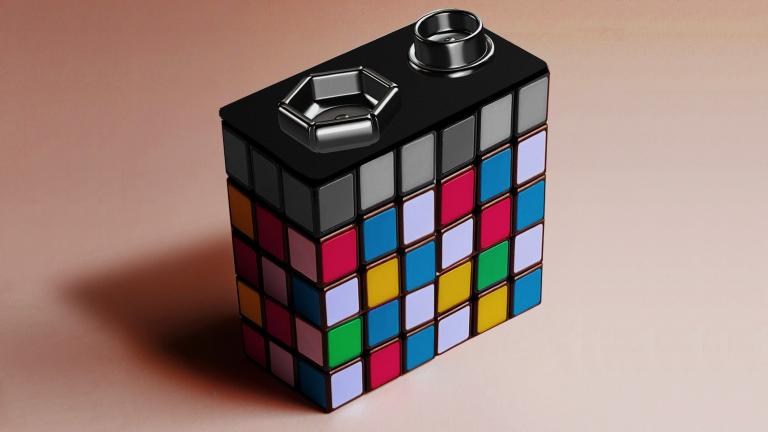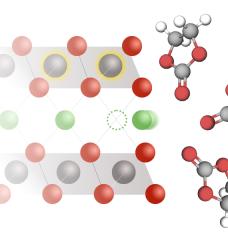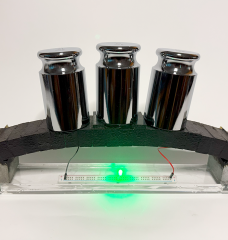
Intermittent production is the biggest obstacle to an electric grid powered by wind and solar, but there is not yet a large-scale emissions-free solution. Form Energy, co-founded by MIT professor Yet-Ming Chiang, might have an answer. In this article, James Temple, MIT Technology Review's senior editor for energy, describes the approach that Form is taking to develop cheap, long-duration batteries; plus, some strategies that other startups are utilizing to solve the problem of grid storage.
Read the full article at: https://www.technologyreview.com/s/614467/how-a-new-class-of-startups-a…
Image by: Nicolás Ortega






